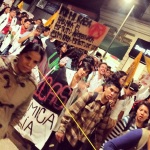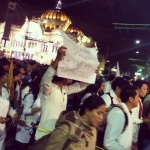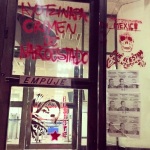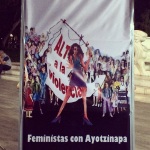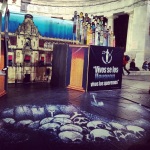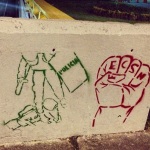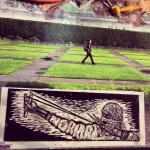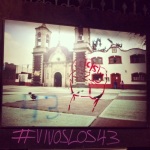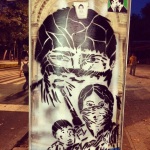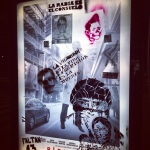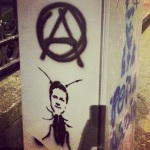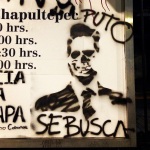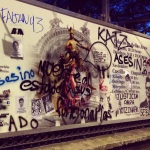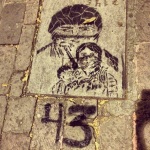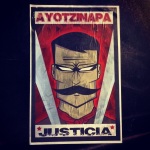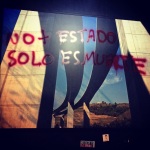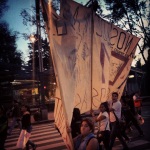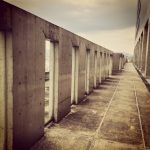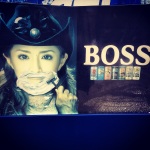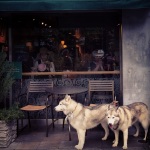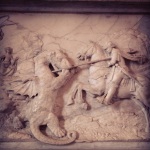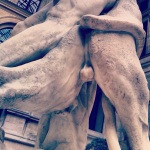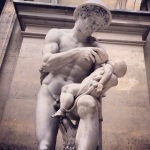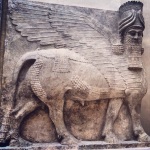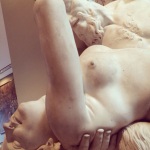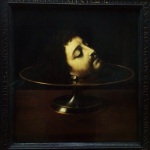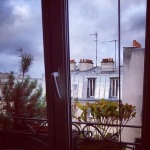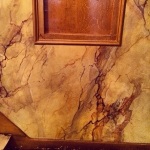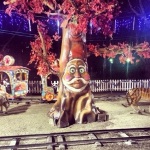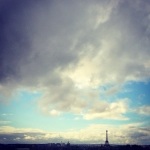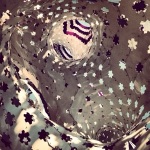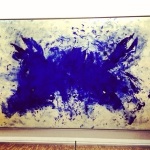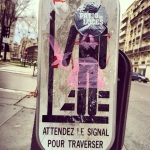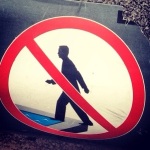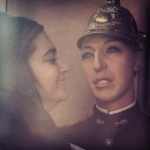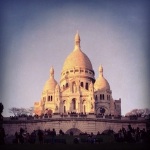Los 43
Te quiero Mexico
The cynicism like a stranglehold; like an ether-soaked napkin pressed lovingly against the face. Choking like the smoke filled air-at-elevation of Mexico City. The thought repeats itself again and again, and each time with its companion — the /how?!/, the /why?!/, the utter disgust at the thought itself. And yet. The thought repeats.
The thought is that somehow, without question, deep in my bones, down in my soul, I know that this place is freer. These people have a voice, their cries are being heard. They have the ability to affect change. Something will come of all this anger, all this frustration, all this outrage. Things will change. Lives will get better. Life is getting better, every moment. The powers are afraid, they will cow to the will of the people. Maybe. A little. Possibly. The point is there is hope. There is a light at the end of a tunnel. There is a path and it is lit, somehow, and there is a way to move forward.
The thought disgusts because it comes at the expense of 43 innocent lives, gunned down without mercy, by a coalition of police and narco-terrorists. How can this reality, more repulsive than anything happening in los ustados unidos, incite optimism?
At this point, the more I travel, the less hope I have. People are terrible everywhere – by degrees, by measures, based on the power they’ve lost and the power they’ve stolen and the power they desire.
But there is something about the fight. There is something about tens of thousands screaming at the tops of their lungs that gives me hope. History says otherwise, that all we are is all we’ve ever been, that humanity moves not forward, but around and around. And yet. And yet, VIVOS LOS 43.
Tokyo post-post-post-post mort
I spend June 2014 in Japan. Japan fucked with my head. I initially booked a 3 week trip, but ended up staying an extra week because I wanted to ‘get it.’ Did I? Do I? Of course not… but here’s the closest I got, penned a couple months after I returned to NYC and let it all marinate:
I didn’t decide to stay an extra week because I was so totally in love with Japan. I didn’t do it because I was enamored with the place or the people or even the food. I decided to stay an extra week because, after three weeks, I still had absolutely no idea what the fuck was going on. There was something missing, some key to understanding that I had not yet acquired. Culturally, I couldn’t get my head around it. What the FUCK was going on? There was the weird sex shit, the emotional prostitution, the creepy manga with girls dressed like little dolls. There was this ugly expat scene, with white western men popular simply /because/ they are white western men. No discerning eye, no separating the assholes from the angels (I never met any angels…). And then there was this regimented, obedient, subservient Japanese culture permeating everything. Overlaying and underscoring all the pop culture hysteria.
I thought, maybe, maybe one more week would help, somehow.
On my first day alone in Tokyo, I headed to the Tokyo Edo Museum. This museum tells the history of Tokyo, and through that, gives glimpses of the history of Japan. I must bashfully admit I knew very little about Japan’s history. I must bashfully admit I still know very little. But now I know slightly more. At the museum I learned about the historical model of life in Japan. There was the feudal era, with the samurai culture of a ruling class of warlords. There was a policy of isolation and a period of intense military conflict and empire building throughout Asia. The model was one of obedience to a warring master, of conquest in the midst of extreme cultural isolation. Japan fought and Japan won. Until they didn’t. The next thing I learned at the museum was just how many Japanese citizens were killed in WWII. In addition to the two atomic bombs, the allied forces also firebombed Tokyo, burning it to the ground. As many as 200,000 died in Tokyo alone.
And then, after centuries of isolation or near-isolation, Japan was occupied by American forces, by British forces, by Western Men.
Walking out of the museum, I had the sudden and distinct feeling that this culture that was making me so confused and uncomfortable was born from a quite classic case of Stockholm Syndrome. The most popular and prevailing style of dress today can be most succinctly described as ‘1950’s Americana.’ The entire culture seems to have turned the trauma of war, defeat, murder, horror, and occupation by the violence-bringer into this weird, multigenerational, multicultural dom/sub kink. This is trauma regurgitated as fetish that runs generations deep, that is still being perpetuated by people whose grandparents weren’t even alive for the initial trauma.
My knowledge of Japan is so fragile and cursory I am embarrassed to be writing about it at all. But understanding has to start somewhere. The extra week did give me a glimpse of what the fuck. But I would never claim to be an authority or even an informed amateur when it comes to these things. This is only scratching the surface. Though, as a member of the culture being fetishized, I have to admit I’m hesitant to keep digging. It all makes me feel a bit dirty.
Sicut Spiritus in Fenestra
Returning to arctic temperatures in NYC (3 degrees outside today, what?!) reminds me of a phenomenon I experienced for the first time in Kyrgyzstan — frosted windows. We were riding the marshuka (which is, essentially, a kitted-out VW bus used as public transportation) from the frozen valley of Chon Kemin back to Bishkek. The temperatures outside were probably about the same as the temperatures today in Brooklyn, but the road was a thick sheet of ice flanked by snow banks. It was the first bus of the morning and the marshuka was crowded with teachers and laborers on their way to work and sellers on their way to market. All seats were taken and in the aisle travelers stood shoulder to shoulder, wrapped in felted wool and furs and sheepskin. The body heat warmed the marshuka dramatically, and this combined with the moisture coming off bodies from melting snow, warm breath, and perspiration, meant the windows quickly fogged up. Where I sat crushed against a window toward the front of the bus, I repeatedly wiped the fog away with a gloved hand so I could watch the countryside passing before us. But before long, the warm condensation succumbed to the frigid cold outside and the fog turned to frost. Little flowers of ice-crystals grew from the corners of the windows toward the center, and it became harder and harder to clear the glass so I could see out. Warm breath turned to ice sheets and I took to using a fingernail to scratch off small peep-holes. Eventually I gave up and just enjoyed watching how the lace of ice expanded across the glassy plains.
